
GUEST BLOGGER: RANI IYER
Who doesn’t have a favorite superhero? Superpowers fascinate children of all ages. Comic books, cartoons, movies, lunch boxes, and costumes all cash in on the appeal of superheroes and their powers.
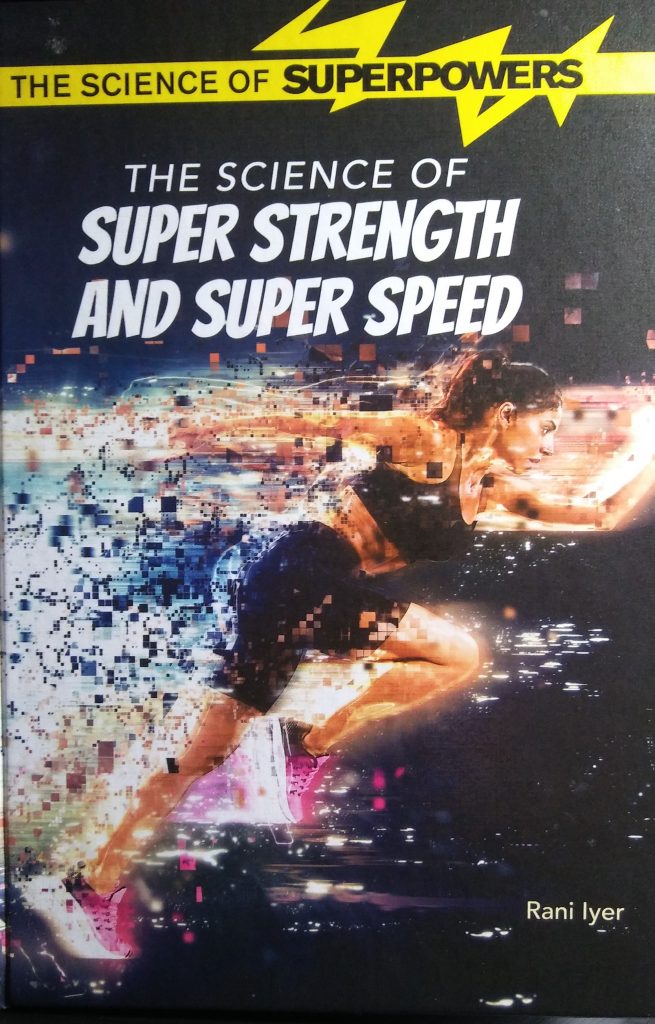
Many living creatures in nature also have superpowers and perform incredibly powerful or speedy feats. The peregrine falcon dives at 250 miles per hour (402 kph), and the American field ant’s neck is said to be able to withstand pressure 5,000 times its body weight.
The Science of Super Strength and Super Speed, ideal for grades 3-6, demonstrates how scientists study these super species and develop technology to mimic their incredible feats of strength or speed.
Superpower vocab
The Science of Super Strength and Super Speed includes several examples that illustrate the science in greater detail. Some of the vocabulary may be unfamiliar to students. Write new vocabulary words on the board or chart. A whole-class discussion of the new vocabulary words and use of the words in sentences will further engage students.
Super-powered investigation
Combine STEM + engineering design in a super-powered investigation. Ask students to select either super strength or super speed to study in more detail. Students may work in pairs, in small groups, or as a class to identify a superhero ‘mentor’. The ‘mentor’ may be an insect, a mammal, or a human. Use my book for ideas.
Students record the characteristics of their chosen super power (strength or speed) and their mentor species. The following questions may help students describe what they particularly admire about their mentor:
- Can you explain how strong your superhero is?
- Can you compare this superpower to something else in the world?
- How does the superhero make a difference with this power?
- Do you have ideas on how to empower others with this superpower?
Charting superpowers
Using the combination of data and stories from the book, students can create a chart with the following information:
- Creature’s superpower
- Creature uses the superpower for…
- I can use this superpower for…
- Everyday I can use this superpower to…
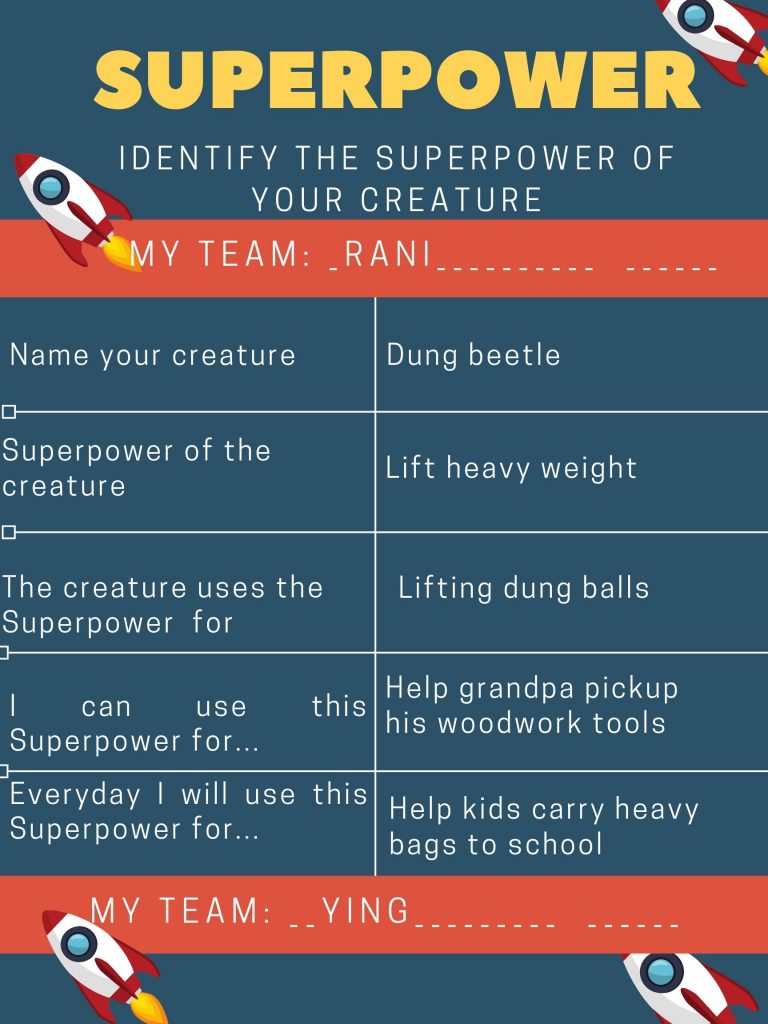
Mimic superpowers with student inventions
In the next part of this activity, students brainstorm ideas for an invention that will give them the power to ‘become’ a superhero. Students can work in groups, in pairs, or individually to present their ideas in drawings, building models, or in writing.
Models can be made using pipe cleaners, Popsicle sticks, empty paper towel tubes, wires, twine, paper, aluminum foil, and other items usually available in the classroom.
Ask students to present the models to classmates. Models also make terrific projects to share with parents at open house.

Rani Iyer is the author of many nonfiction books and over 70 magazine articles. She writes about science, nature, culture, human-nature interactions, and natural ecosystems. Rani Iyer has visited and worked in many temperate and tropical forest systems in Asia and North America. Her favorite place on Earth is to be among the old-growth mixed temperate evergreen rain forests at the Olympic Peninsula. Her experiences as a tropical field biologist, scientist, instructor, laboratory assistant, and as an administrator inspire her to write. She enjoys writing for younger learners and loves to learn new things every day. Her blog All things science, nature, and culture explores many facets of nature-human connection. Learn more at www.raniyer.com
Featured image:“Everybody Needs a Superhero”by edd.ie is licensed under CC BY-NC-ND 2.0


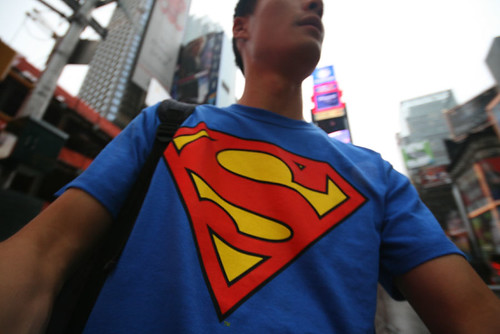
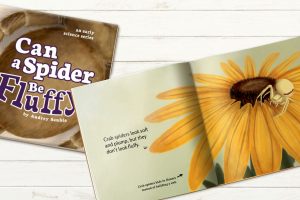
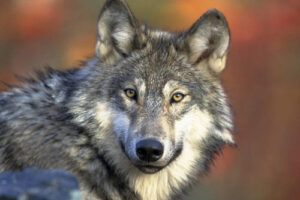


Leave a Reply
Your email is safe with me.